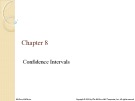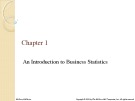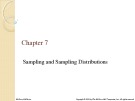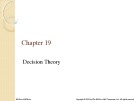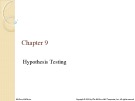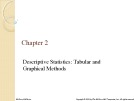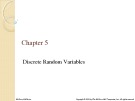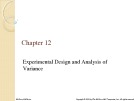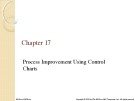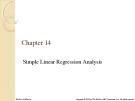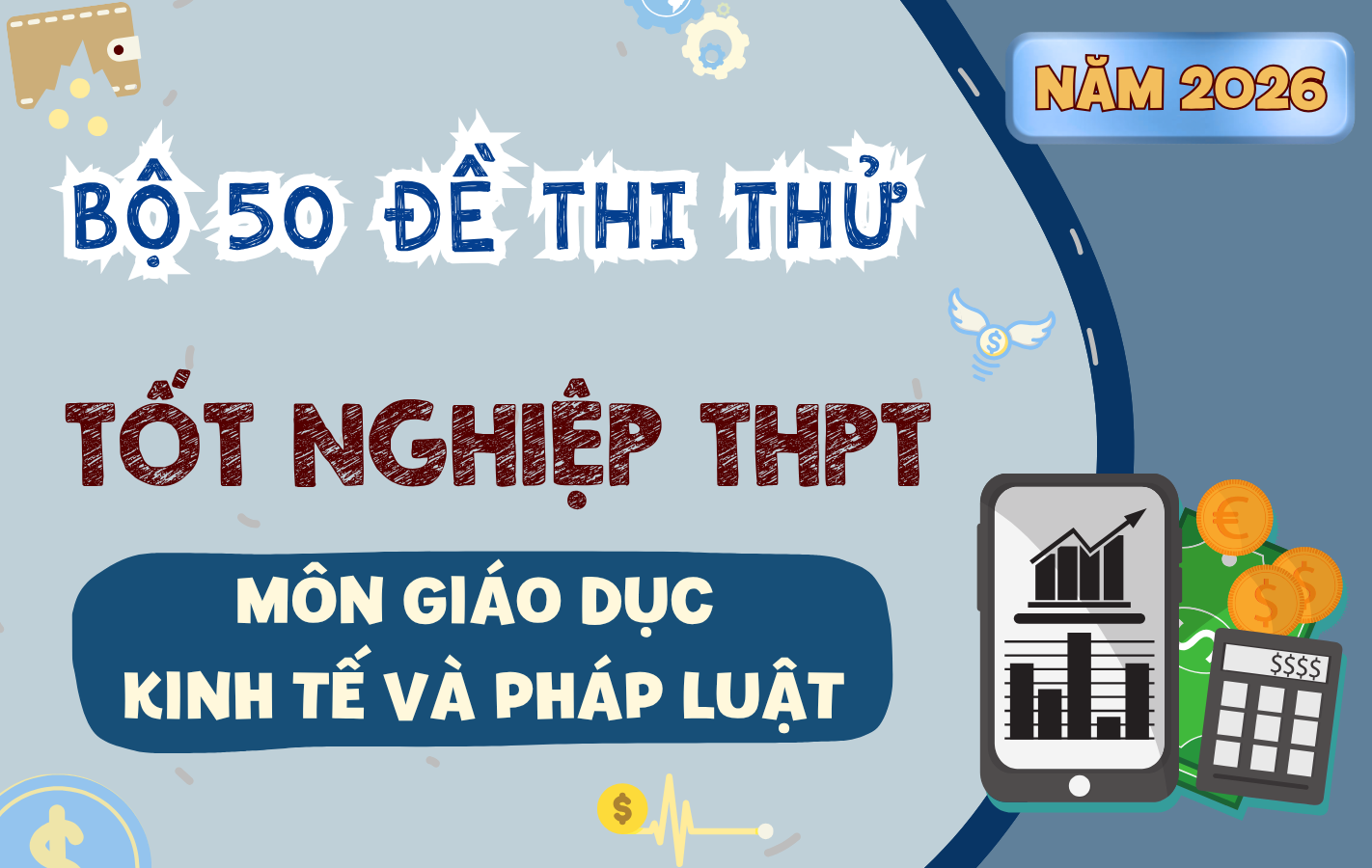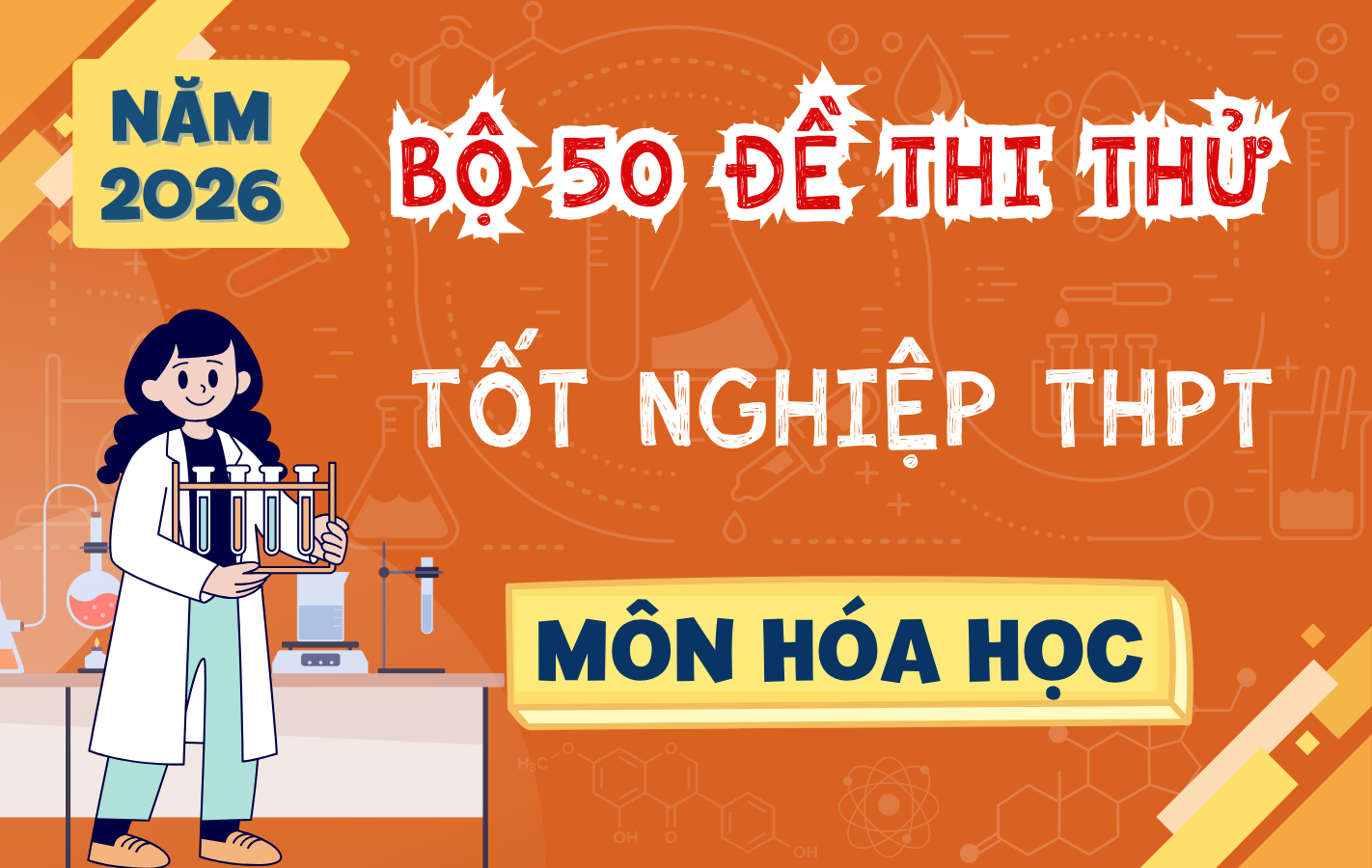Lecture Business statistics in practice (7/e): Chapter 10 - Bowerman, O'Connell, Murphree
Chapter 10 - Comparing two means and two proportions. After mastering the material in this chapter, you will be able to: Compare two population means when the samples are independent, recognize when data come from independent samples and when they are paired, compare two population means when the data are paired, compare two population proportions using large independent samples.13 trang
58 lượt xem
2 lượt tải



